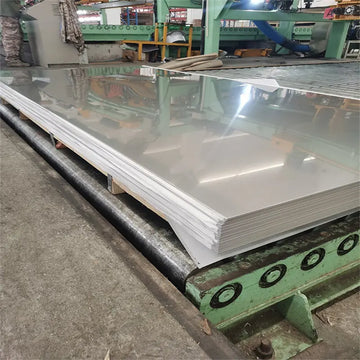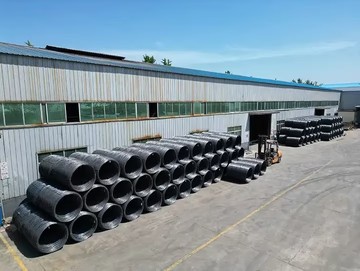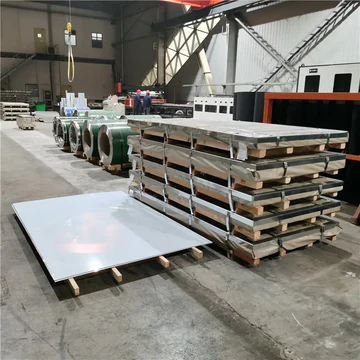
20 YEARS EXPERIENCE
There are more than 30 products to choose from
to meet your every need.
Products Description
Introduction
As the demand for high-quality, durable products in various industries continues to grow, stainless steel T-beams have become an essential component across different sectors. With its exceptional corrosion resistance and durability, this type of steel has found its way into countless applications due to its ability to withstand extreme environmental conditions and mechanical stress.
In today's market-driven world, understanding the importance of selecting the right hardness testing method for stainless steel T-beams is crucial for ensuring the reliability and longevity of these critical components. This article aims to explore the world of hardness testing for stainless steel T-beams, providing comprehensive details on the methods used, the materials involved, and how they affect the final product quality.
Product Description
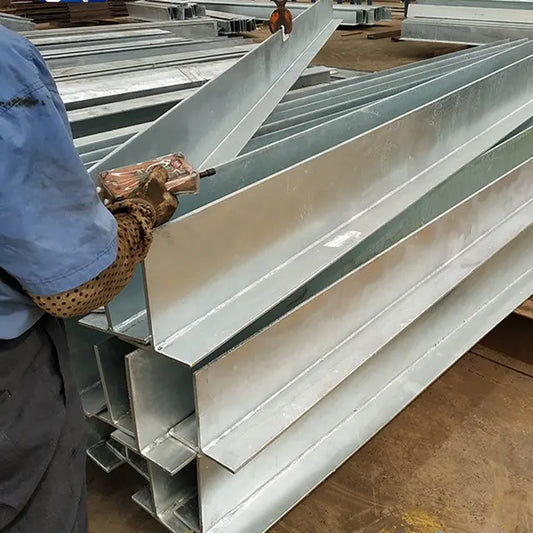
Stainless steel T-beams are widely recognized for their superior performance, making them a preferred choice in construction, automotive, aerospace, and many other industrial sectors. When discussing the hardness testing process for stainless steel T-beams, it's important to understand that there are several factors influencing the results, including the material, design, and manufacturing processes.
Material
Stainless steel T-beams are typically made from austenitic or ferritic alloys. Austenitic stainless steels (like 304 and 316) offer excellent corrosion resistance and formability while ferritic steels (like 201 and 430) tend to have better thermal and electrical conductivity.

Specification and Size
Stainless steel T-beams are available in a wide range of sizes, lengths, and thicknesses to suit various applications. The exact specifications will depend on the industry requirements, but common standards include ASTM A36, A240, ASME SA-36/A240, DIN 17141, and EN 10025-1. Common dimensions include width, length, depth, and thickness.
Usage Scenarios
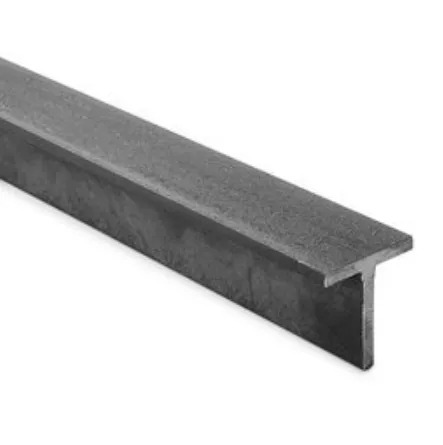
Stainless steel T-beams find application in various industries where structural integrity and durability are paramount. They are commonly used in
1. Construction In buildings, bridges, and infrastructure.
2. Automotive For car bodies, exhaust systems, and engine parts.
3. Aerospace For fuselage panels, winglets, and aircraft structures.
4. Electrical Infrastructure For power lines, substations, and pipelines.
5. Medical Devices For surgical instruments, implants, and equipment.
Company Strength
Our company, SD-Steel, stands out among competitors with our unparalleled expertise in hardening and tempering stainless steel T-beams. Our team of engineers and technicians use advanced technologies and stringent quality control measures to ensure that every T-beam we produce meets strict international standards. We pride ourselves on our ability to deliver custom solutions tailored to meet specific customer requirements.
Questions and Answers
Q How does hardness testing impact the final product quality?
A Hardness testing helps determine the material’s toughness, wear resistance, and fatigue strength, which are crucial factors in determining the life expectancy of the product. It also affects the appearance of the surface finish and provides insights into the potential for corrosion and wear.
Q What are the different types of hardness tests performed on stainless steel T-beams?
A The most common tests include Rockwell, Brinell, Vickers, and Norma hardness values. Each test evaluates the material's resistance to deformation under load and provides valuable information about its mechanical properties and wear resistance.
Q Can you recommend a specific hardness value for a particular project?
A The selection of hardness depends on the intended use of the T-beam. For example, low-hardness grades may be suitable for outdoor applications requiring minimal wear resistance. Higher hardness values are ideal for applications where wear resistance is critical.
This detailed English e-commerce product description of the hardness testing for stainless steel T-beams aims to provide a comprehensive guide for buyers who want to make informed decisions when purchasing such critical components. By emphasizing the importance of understanding the testing process, the article highlights the various factors affecting the performance of stainless steel T-beams and the role of hardness testing in ensuring their longevity and durability.
COMPANY PROFILE
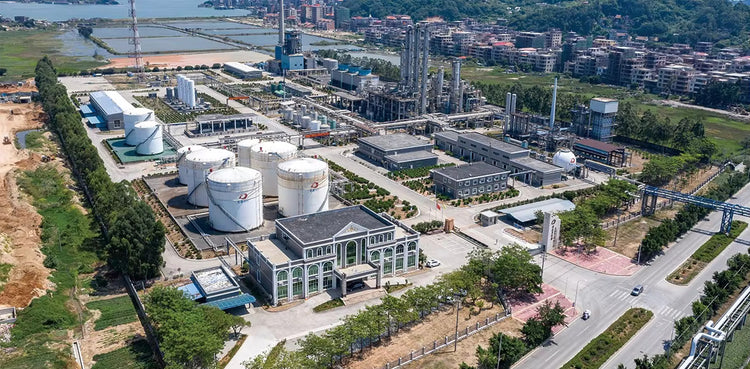
OMPANY PROFILE
More+OUR ADVANTAGE
 QUALITY CERTIFICATES
QUALITY CERTIFICATES QUALITY CERTIFICATES
QUALITY CERTIFICATES QUALITY CERTIFICATES
QUALITY CERTIFICATES OEM/ODM SUPPORT
OEM/ODM SUPPORT QUALITY CERTIFICATES
QUALITY CERTIFICATES 18 YEARS EXPORT
18 YEARS EXPORTPACKAGING LOGISTICS

 Truck
Truck Sea Freight
Sea Freight Ari Freight
Ari Freight
Hot Tags:


